Clancy Tucker's Blog, page 23
March 27, 2022
29 March 2020 - ABANDONED BREAD FACTORY, Buffalo, New York
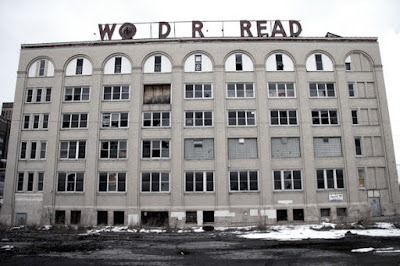
Abandoned Bread Factoryin Buffalo, New York
G'day folks,
Here we go again. Another abandoned factory, and a forsaken wonder in the middle of the East Side neighborhood.
The Wonder Bread factory, built in 1923, was once an industrial icon of Buffalo’s East Side. While it was in operation, the facility produced that classic midcentury staple, as well as Hostess brand snacks. The first floor held massive Wonder ovens, making the surrounding neighborhood smell faintly of bread.
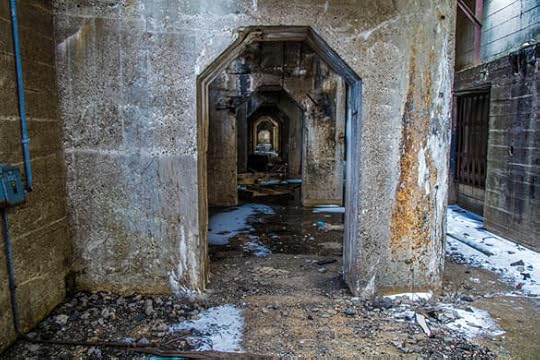

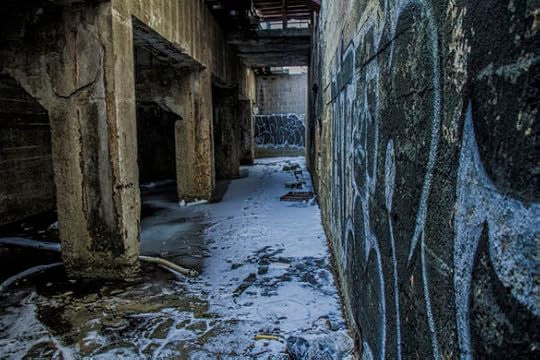
The 180,000-square-foot, steel-reinforced concrete building was built with tall ceilings, large south-facing windows, and an open layout to maximize the natural light. The blond brick exterior was topped with Roman arch-style windows that were popular with mill buildings in the late 19th century.
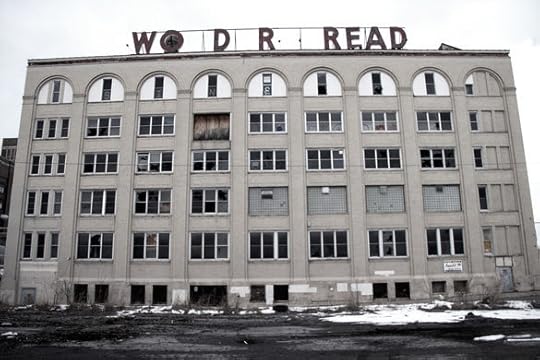

The factory closed in 2004, and has sat empty ever since, in an ever-worsening state of decay. Around 2010 (the same year the building was listed for sale for $800,000), the letter “B” from the giant “Wonder Bread” sign at the top of the building mysteriously went missing. Some months later, the “N” followed, and later the “E.”
The factory remains abandoned today, with just enough fading letters intact to make out its former name.

Clancy's comment: Mm ... Imagine the great smell you would have had every day if you lived nearby. Enough to make you put on weight. Hey, the three letters that went missing were probably stolen by someone named BEN. Just a thought ...
I'm ...


March 26, 2022
17 May 2022 - MAGNIFICENT ASIK-ASIK FALLS, PHILIPPINES

MAGNIFICENT
ASIK-ASIK FALLS
- PHILIPPINES -
G'day folks,
This wondrous waterfall rushing down a green-covered mountain wasn't discovered until 2010.Streams of pristine water rushing down a mountain cliff covered wholly in green makes for a stunning image, and the judges of a national photography contest held in 2012 in the Philippines clearly thought so too. They awarded a photo of the Asik-Asik waterfalls in the mountainous Alamada region, and in doing so, announced the existence of this natural wonder to the world.
The picture went viral on social media, and Filipinos were stunned by this discovery. The beautiful falls had been unknown to the public for a remarkably long time; the residents of the nearby village of Sitio Dulao had only come across the site two years earlier, after a series of floods and forest fires destroyed a significant chunk of the forest that was hiding it.


The newfound oasis was christened Asik-Asik, meaning “sprinkle-sprinkle” in the local Hiligaynon language, after the sprinkle of falling water on nearby rocks. Lush vegetation covers the entirety of the ravine, and adds mystery as to where the water is coming from. The most likely sources are thought to be springs deep within the mountain or an underground river.
Getting to the falls is not as daunting as it used to be, after the government, sensing a wonderful tourism opportunity, developed the roads and site around it. But there are still descending and ascending treks on stairs that wind around the mountain side. A tiny portion of the falls can be seen from the top, but as you descend, the full majesty of water gushing from the green mountainside slowly reveals itself in all its glory.

Clancy's comment: This is a beautiful part of the world.
I'm ...


March 25, 2022
16 May 2022 - THE SPANISH FLU

THE
SPANISH FLU
G'day folks,
In 1918, the world was ravaged by twin catastrophes.
World War I was entering its climactic phase, after four years of calamity, as Allied armies advanced across Europe to fight the Central Powers. At the same time, a much smaller enemy was beginning to ravage cities and towns across the globe.
Nobody is quite sure where the deadly strain of influenza virus that spread like wildfire in 1918 came from. What is known is that the pandemic killed between 17 and 50 million people, and possibly as many as 100 million, making it one of the worst catastrophes in human history.
There were two main waves of the pandemic. The one in early 1918 was similar to seasonal influenza, in that the elderly and those with underlying health conditions were most at risk. But by August, the H1N1 virus had mutated to a far deadlier form.

There are competing theories as to why the second wave of the disease was so deadly for young people. One explanation is that it caused what is known as a 'cytokine storm', where the immune system goes into overdrive to fight the virus and ends up causing pneumonia and raising the risk of mortality. In this case, a stronger immune system would have been a liability.
The other theory is that poor hygiene standards in 1918, the lack of a vaccine and many people across the world being malnourished due to the effects of war, plus rapid spread facilitated by the movement of vast numbers of troops during World War I's closing stages were primarily to blame for the enormous death numbers.
The 'Spanish flu' was named such not because it originated in Spain, but because of wartime censorship. Newspapers were not allowed to report extensively on mortality in Allied countries, but Spain was neutral, so they could report on the effects there, thus giving the impression that Spain was particularly badly hit by the flu.

Clancy's comment: Timing was terrible. As if folks had not suffered enough.
I'm ...


15 May 2022 - THE BASIN - NEW HAMPSHIRE, USA

THE BASIN
- NEW HAMPSHIRE -
G'day folks,
In the centuries since Westerners have bothered jotting it down on maps, New Hampshire’s “The Basin” is without a doubt the most divine pothole to ever be blessed by literary and naturalist heroes.
Centuries worth of explorers have meandered through New England’s White Mountains, delighted by waterfalls large and small wending their way through picturesque deciduous forests. Yet among the myriad cataracts formed by the Pemigewasset River, even just within Franconia Notch State Park, one glistening feature sets itself apart from the rest.
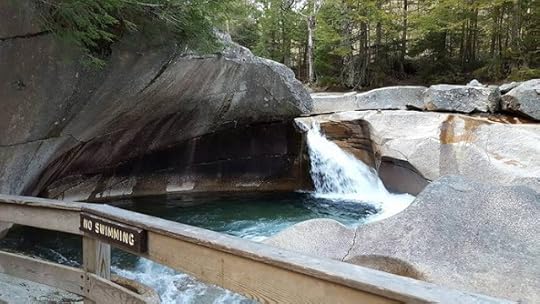
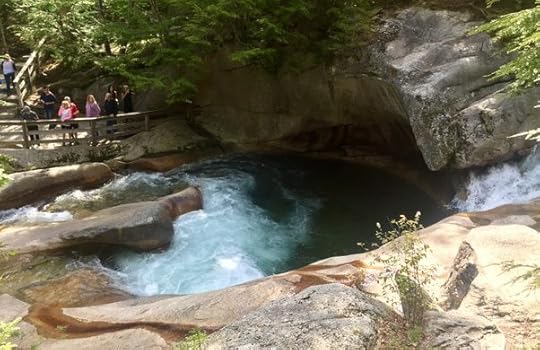
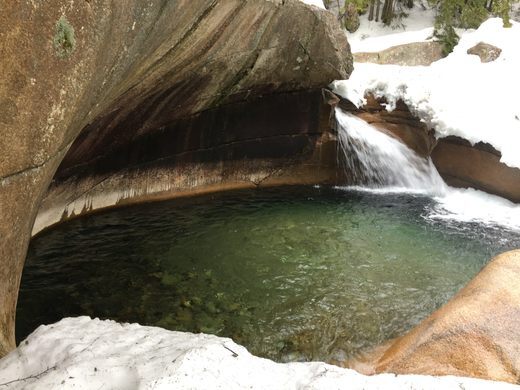
The Basin, a 30-foot-wide, 15-foot-deep bowl hewn from a torrent of rushing water pouring down the face of a granite cliffs, is a geological masterpiece. Dating back to the Ice Age when a pebble, carried in a stream bed, was trapped in a fissure of igneous rock, The Basin has swirled and churned into its current form. As thunderous, icy blue waters pour into its bowl, the gentle curves of the surrounding rocks rise and fall like great dunes frozen in time. There’s something about the site that is mesmerizing. It has been so for generations.
Upon seeing the Basin for the first time in September of 1839, Henry David Thoreau called it “perhaps the most remarkable curiosity of its kind in New England.” Similarly, Samuel Eastman described The Basin to early American travelers as, “One of the beautiful haunts of Nature, a luxurious and delicious bath fit for the ablutions of a goddess.”
The waterfall pothole is there, right now, raging away, awaiting goddesses.
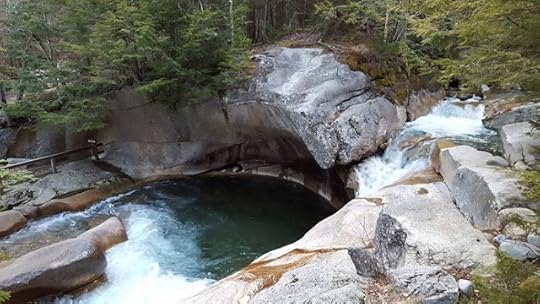
Clancy's comment: What a shame you can't swim there.
I'm ...


14 May 2022 - HEADSTONE-EATING TREES - USA

HEADSTONE-EATING
TREES
G'day folks,
The rogue roots are gradually consuming some of the historic marble grave markers in this famous cemetery.Arlington National Cemetery is hallowed ground for the U.S. Armed Forces, with around 400,000 burials since 1864 representing every American war. The sprawling rows of white marble headstones and grassy lawns are shaded by more than 8,600 majestic trees. As a work of landscape architecture, the effect is inspiring.
But a few rogue trees are currently in the process of consuming some of the headstones. You can see it here and there in the older parts of the cemetery, where the marble markers are thickly embedded in the arboreal roots and stick out of the timber like stubby molars. Find A Grave puts the count at 11 afflicted markers, with most of the entombed having served in the Civil War, World War I, or World War II.


The headstone absorption is actually progressing much more rapidly than it would initially appear. The case of Corporal Chas Ippel is a prime example. Find a Grave has photos dated from 2008 that show the stone as relatively unmolested, with the inscribed text still clearly readable. However, as of September 2017, a nearby willow oak’s roots have expanded by inches and begun to absorb the grave. Now all that’s readable is “S IPPEL.” Anecdotal calculations suggest that the tree will eat another character from the inscription every year.
When the tree eventually dies, it will be interesting to see how authorities handle the embedded stone. Perhaps some future chainsaw-wielding arborist will be asked to wade into the solid timber in search of the lost marker.
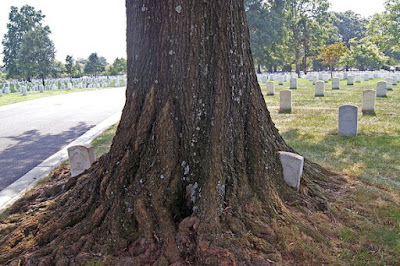
Clancy's comment: Mm ... I spent hours walking around this hallowed ground when I worked in Washington DC.
I'm ...


13 May - NEWHAVEN FORT - ENGLAND
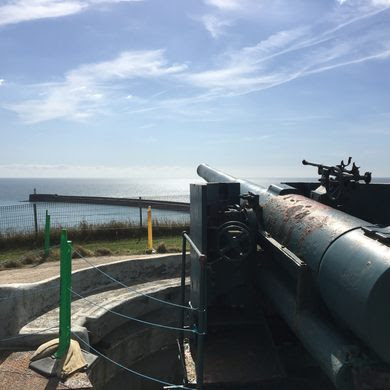
NEWHAVEN FORT
- ENGLAND -
G'day folks,
A Victorian Fort built into the chalky cliffs that overlook the English Channel.A site of defense since the Iron Age, Newhaven Fort has seen a lot of local history. It was fortified during the 1860s to prepare for an imminent invasion of the French. Its unique design comes from the fact that it was built into the contours of the land, instead of on top of it like a traditional fort or castle, which allows for numerous subterranean tunnels and chambers.
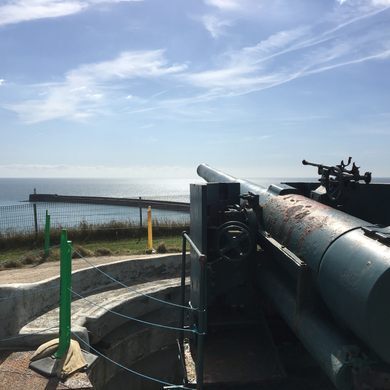
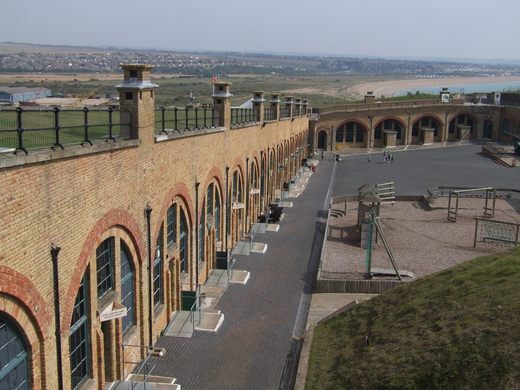
From its high vantage point over the English Channel, large guns were installed, and by the time the First World War broke out Newhaven Fort had become an integral part of protecting the South Coast of England, which played its part in sending six million tons of supplies across to France. During the Second World War the fort housed the thousands of soldiers who passed through the area. Its position to the harbor played a role in many key turning points of the conflict, including the D-Day landings of 1944.
After the World War II, Newhaven Fort fell into disrepair, and at one point in the 1960s it was nearly developed into a leisure complex. In 1979, it was declared an ancient monument and after a series of owners, it became the visitor attraction it is today. The fort is now full of interactive exhibitions, such as a blitz bomb shelter experience, and houses a vintage tearoom. Paranormal investigators regularly visit the fort to investigate the spooky goings on, particularly down in the caponiers, the huge tunnels built into the cliffs.
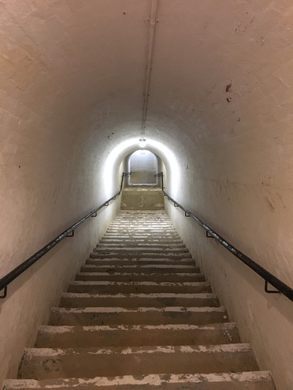
Clancy's comment: I'd love to check out the tunnels.
I'm ...


12 May 2022 - SMITH'S BRIDGE - DELAWARE
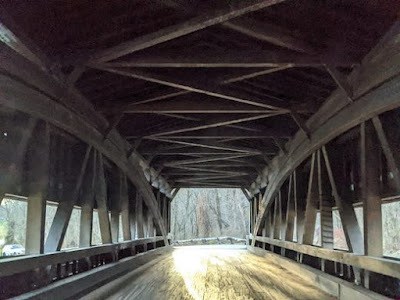
SMITH'S BRIDGE
- DELAWARE -
G'day folks,
This is the longest covered bridge in Delaware.
The first state is home to three covered bridges, with the 154 foot long Smith’s Bridge in Wilmington being the longest.
Originally built in 1839, this one-lane, Burr arch-truss bridge spans Brandywine Creek in New Castle County Delaware, just south of the Pennsylvania state line.
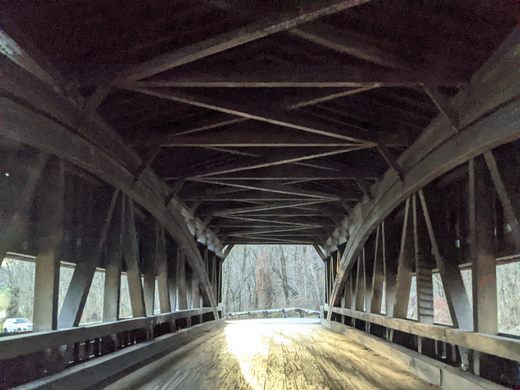
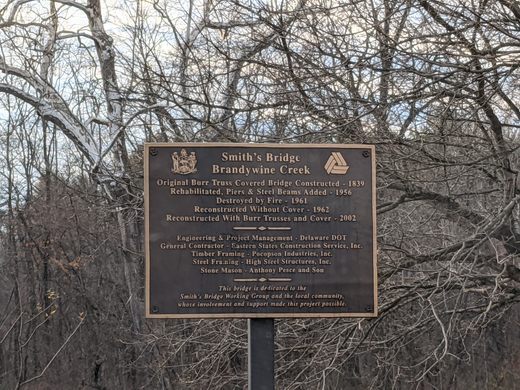
The bridge was torched by arsonists in 1961 only five years after being restored to include the addition of piers and steel beams. The year after the fire, the bridge was reconstructed without the cover and remained that way for nearly half a century.
The bridge received a replacement cover in 2002, but in April 2021, a truck collided with the bridge. The bridge has since been fully repaired and can be enjoyed by bridge enthusiasts everywhere.
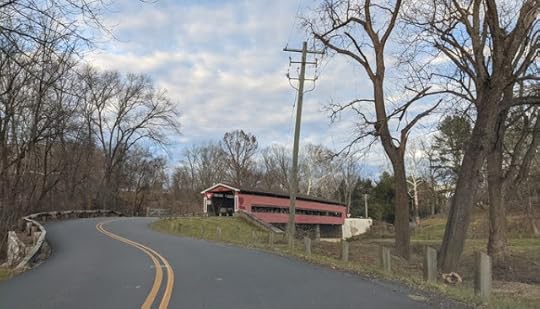
Clancy's comment: It certainly has had its tough times, eh?
I'm ...


11 May 2022 - FROGGYLAND - CROATIA
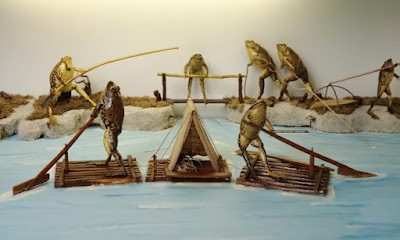
FROGGYLAND
- CROATIA -
G'day folks,
Here you will find a wonderfully strange collection of 500+ stuffed frogs doing people things.What would it look like if frogs were carpenters? What about if they went to school, played tennis, or ran a circus? You can find out at the strange, delightful Froggyland museum in Croatia.
The collection of anthropomorphic amphibians at Froggyland consists of 507 stuffed frogs arranged in 21 cases. These dioramas were the life’s work of 20th century Hungarian taxidermist Ference Mere, who devoted 10 years to stuffing and meticulously arranging the frogs. When he completed the project in 1920, there were around 1,000 of them. The frogs displayed at Froggyland passed from owner to owner until finally making it to Croatia and getting their own museum.
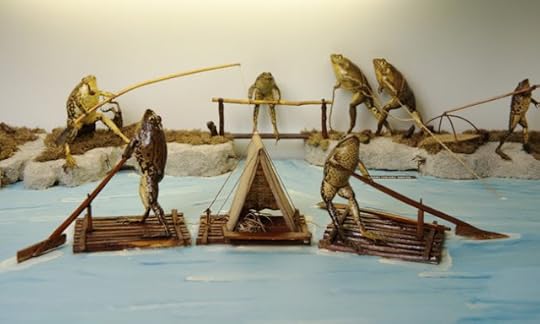

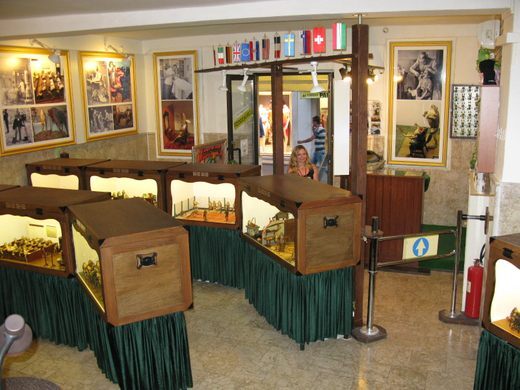
Mere’s project may sound eccentric, but his work is truly remarkable. He used an advanced taxidermy technique in which the frogs were stuffed with cork through the mouth. This time-consuming process left the frogs entirely whole, lacking any external incisions. The varied dioramas - a blacksmith shop, a music lesson, a day on the lake - present everyday life scenarios down to the smallest detail. A photographer holds a tiny camera. A painter has been given a little easel and paintbrush. In the classroom scene, one frog raises two fingers to indicate that it is about to speak. The final result is an absolutely ribbet-ing example of creative taxidermy. (And those who just can’t get enough can hop on over to The Frog Museum afterwards.)
 Clancy's comment: A friend recently had a garage sale of her 3,000 frog-associated ornaments. Yes, 3,000!
Clancy's comment: A friend recently had a garage sale of her 3,000 frog-associated ornaments. Yes, 3,000!I'm ...


10 May 2022 - STATUE OF DETECTIVE COLUMBO IN BUDAPEST

STATUE OF DETECTIVE COLUMBO
IN BUDAPEST
G'day folks,
Thanks to a tenuous familial connection, Budapest’s Falk Miksa Street is now home to a life-size bronze reproduction of Peter Falk as America’s favorite soft-spoken detective in the rumpled coat, Columbo.
Installed in 2014 at an estimated cost of $63,000, the bronze lieutenant was part of an overall rejuvenation project in the area, although exactly why the figure was chosen is a bit of a mystery. According to organizers, actor Peter Falk may have been related to the 19th-century Hungarian political figure, Miksa Falk, after whom the street is named, although they also admit that this connection has yet to be proven. The American Falk is known to have had Hungarian roots on one side of his family, although it has never been linked to Miksa Falk’s family. Some have also questioned the timing of the statue’s installation given that Peter Falk passed away in 2011, meaning that it is unlikely to commemorate his passing either. Many believe that it was unveiled in time to garner votes in an upcoming election, although this seems to be a strange way to go about it.

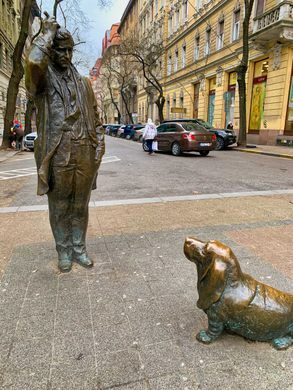
Just one more thing… At the foot of the metal lieutenant’s feet is a bronze basset hound modeled after a local dog named Franzi, who even showed up for the unveiling. This is of course supposed to be Columbo’s droopy-faced pet, “Dog.” Unfortunately, the dog does not seem to provide any further clues to the decision-making process behind the statue’s bizarre existence. Maybe if Columbo were still alive, he’d be able to solve the case.
There is also a little bronze squirrel with a gun right behind Colombo. Why is it there and what it means is a bit of a mystery.

Clancy's comment: 'Uh, pardon me, ma'am, but I couldn't help noticing that there's a Columbo statue in the middle of Budapest. Oh ... there's one more thing ... '
I'm ...


9 May 2022 - BOURBON TUNNEL IN NAPLES, ITALY
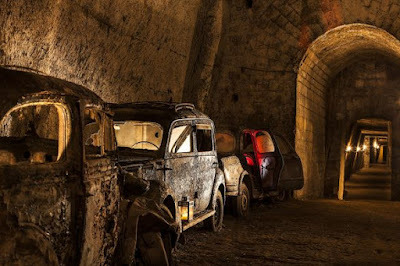
BOURBON TUNNEL
IN NAPLES, ITALY
G'day folks,
Dug as a secret royal escape route, the tunnel became a wartime bomb shelter and dumping ground for vintage cars.Lurking about 100 feet below the streets of Naples is a cavernous tunnel filled with rusting vintage cars and wartime relics, that was originally built to be as a secret escape route for the royal family in 1853.
The tunnel was commissioned by King Ferdinand II of Bourbon (the same French dynastic house that lent its name to New Orleans’ famous Bourbon Street), who reigned over Sicily and Naples during a tumultuous period marked by riots and uprisings. It was meant to be a passageway from the Royal Palace to the military barracks, in case the royal family needed to flee the revolting populace.
The tunnel was dug out of the volcanic rock below the city, connected to the existing, early-17th-century Carmignano aqueduct system. However, the king died before the tunnel was completed, and it was left unfinished and largely forgotten until World War II.

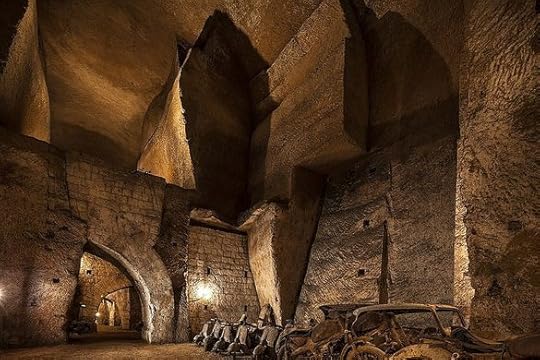
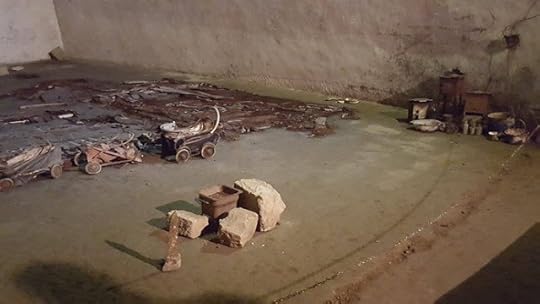
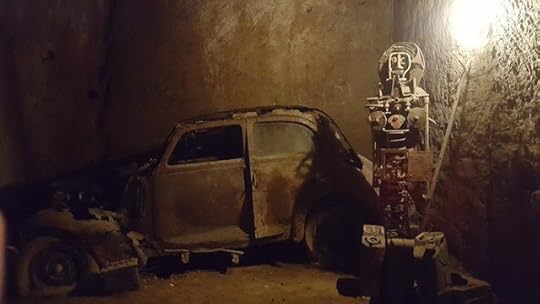
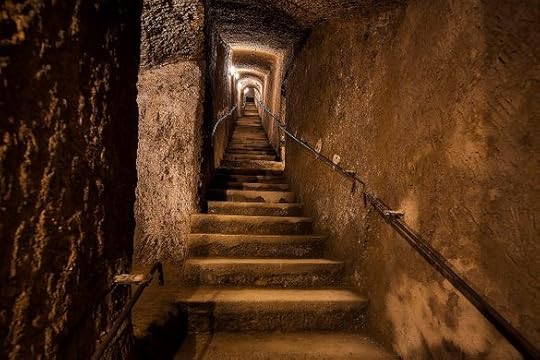
During the war the subterranean corridors and neighboring cisterns were used as air raid shelters, housing up to 10,000 Neapolitans. On a historic tour of the tunnels you can see artifacts left by the people who sheltered here, including children’s toys, gas masks, and personal items like hair brushes. You can even see the remains of toilet blocks and beds.
After the war the Bourbon Tunnel (Il Tunnel Borbonico) became a dumping ground for wartime rubble and unwanted debris, storing everything from fascist statues to impounded cars from the end of the war until the 1970s, when the tunnel was forgotten again.
The tunnel was restored in the 2000s and now the vintage cars and wartime rubble scattered throughout the tunnel are on display in the eerie space, dubbed the Bourbon Gallery (Galleria Borbonica). It’s not far from the Naples Underground, another entrance to see the maze of underground tunnels hidden beneath the ancient city. Tours of the site are given, including expeditions into the darker corridors of the historic tunnel.
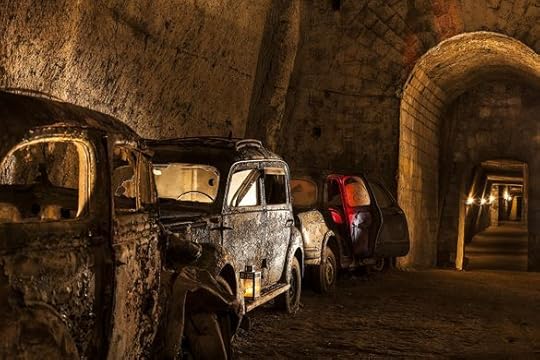
Clancy's comment: Naples is one of my favourite cities, but I never knew this existed.
I'm ...





